- Share via
- Share via
Lima, Peru — Virgilio Martinez has stopped for a coffee on his way to work at his restaurant Central this Monday morning in August, a mild Southern Hemisphere winter’s day in the Barranco section of Peru’s capital.
Crammed into the small but stylish Ciclos Cafe with Martinez, who has been miked for sound, are two Times video shooters, including one with a Steadicam rig, a video producer and a writer.
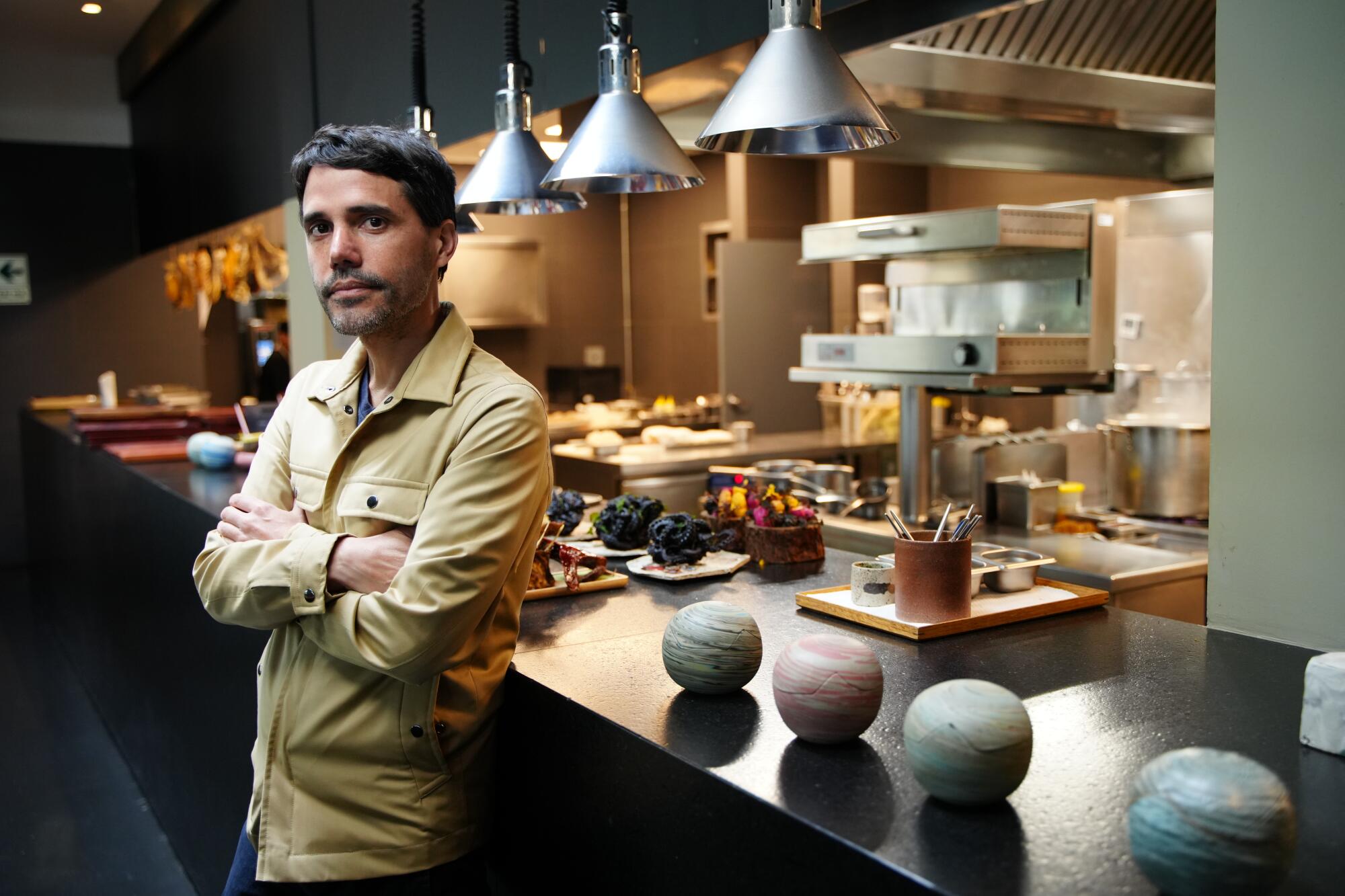
It’s not an unusual occurrence for Martinez to be followed by cameras. He starred in his own “Chef’s Table” episode back in 2017 after word got out that he was exploring “altitude cuisine,” highlighting a different Peruvian ecosystem in every course on his menu, and he has a documentary about his life, “Virgilio,” currently streaming on Netflix.
But the attention has only grown after Central was voted No. 1 on this year’s World’s 50 Best Restaurants list published by the U.K.-based company William Reed in June, with input from 1,080 industry experts. It’s an honor no other restaurant in Latin America — a region ignored by Michelin inspectors— has achieved.
These game changers in the culinary industry will be serving up their signature dishes at our annual September food events.
At the moment, Martinez is hoping for a few moments of calm with his cup of coffee, this one brewed from beans specially roasted for Central.
There are dozens of spots the chef of the World’s Best Restaurant might get caffeinated in bohemian and rapidly regentrifying Barranco, from the spacious Coleccionista Coffee Gallery, which regularly hosts artist workshops, to the tiny In Usual Cafe, no wider than a doorway, serving canelés that look like rosebuds and reveal intense orange, red velvet or pale almond interiors depending on the flavor you choose.
Martinez, however, is most in sync with the obsessive nature of Felipe Aliaga, the Chilean expat who runs Ciclos’ on-site roastery, sourcing beans from all corners of Peru, and Amanda Jo Wildey, or “A.J.,” the New Jersey-raised force behind El Cacaotal, the artisan chocolate shop and cacao library above Ciclos.
- Share via
Wildey, who trained as an anthropologist, is especially amped up today because she has a newly published map of Peru she wants to show Martinez. It divides the country into cacao regions — not just the hugely prized Chuncho variety of cacao that artisan chocolate makers love for its range of aromatic flavors and less harsh bitter notes, but as Wildey puts it, “30 cacaos all from Peru, with different sensorial qualities, different shapes. It’s the largest genetic undertaking in the world of cacao where they’re reclassifying the different [varieties]. This is the biggest research done to date on cacao.”
Martinez grins big at Wildey’s enthusiasm. “Here you come for a cup of coffee,” he says, “and you end up having a museum visit with all this beautiful information, you know, so useful for my work.”
It’s relationships with fellow obsessives like Wildey and Aliaga, just two of a vast network of growers, producers and procurers Martinez connects with all over Peru — a land teeming with underappreciated resources — that might save the chef from the anxiety and search for meaning that so many at the top of his profession experience. Because for Martinez and chefs with a similar drive, it’s not enough to run the best restaurant in the world.
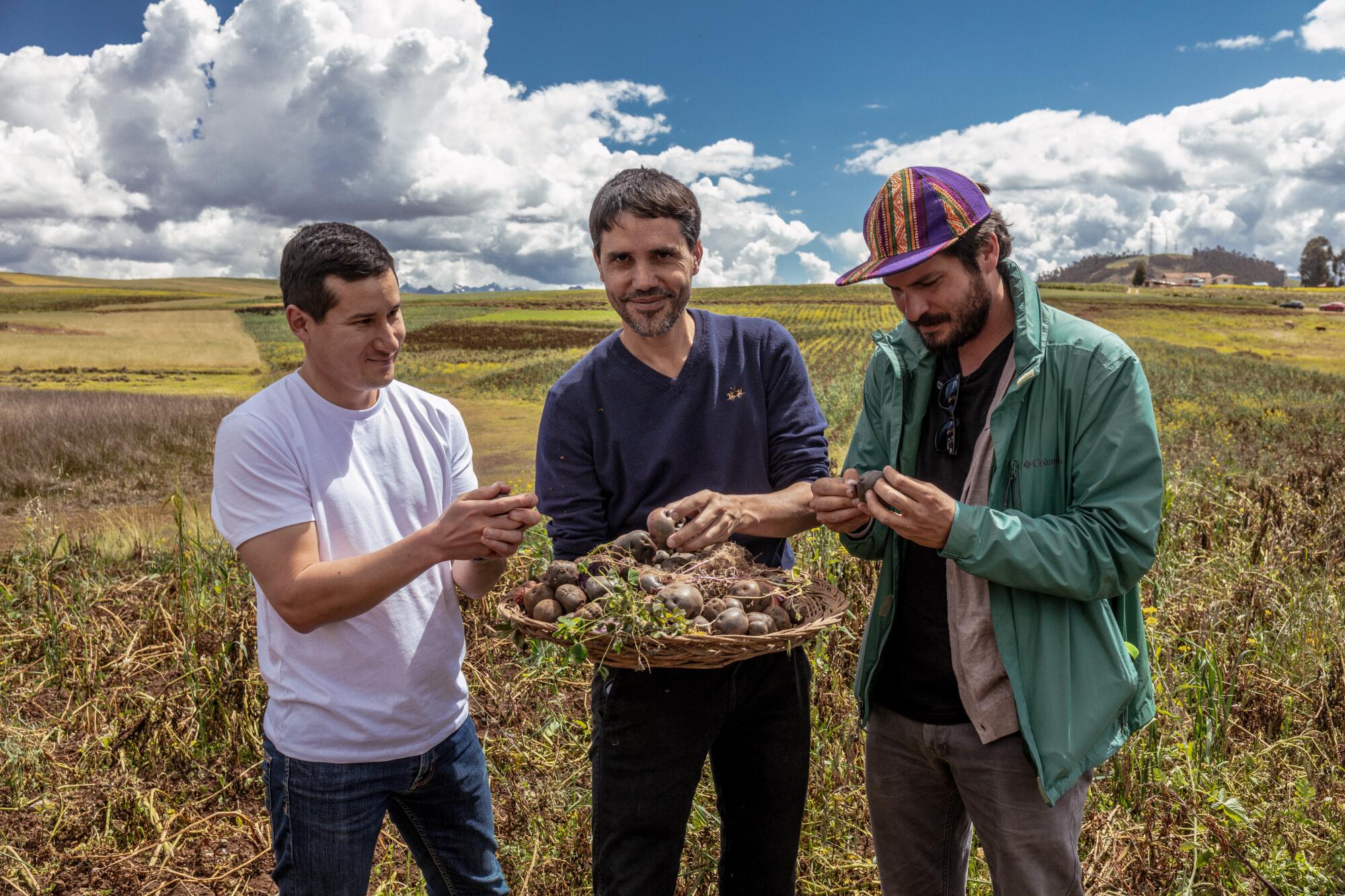
The year after Noma in Copenhagen earned its World’s 50 Best No. 1 ranking in 2010 (the first of five times the restaurant topped the list before repeat wins were discontinued), its chef René Redzepi founded the MAD Symposium (and later MAD Academy). Inside a massive circus tent during six meetings between 2011 and 2018 chefs from around the world gathered in Denmark to discuss everything from how Somali chef Ahmed Jama was rebuilding one of his Mogadishu restaurants after militants bombed it to addiction issues, burnout and other workplace stresses of restaurant life. Those stresses were part of the reason Redzepi announced in January that his restaurant would close in 2024 for year-round service and focus instead on product development in its fermentation lab and occasional pop-ups.
In 2020, the year after Mauro Colagreco’s Mirazur on the French Riviera topped the World’s Best list, the three-star Michelin spot became the world’s first restaurant to earn plastic-free certification by a group associated with Italy’s Università dell’Aquila. In 2015, Massimo Bottura, whose Osteria Francescana topped the World’s 50 Best in 2016 and 2018, opened the first of several refettorios, serving meals in underused urban spaces to those facing food insecurity, with locations now in San Francisco and Harlem.
Two other chefs at No. 1 restaurants — Rasmus Kofoed at Copenhagen’s Geranium and Daniel Humm at New York’s Eleven Madison Park — stopped serving red meat, redefining what a luxury meal can be.
Martinez, who has cooked luxury meals in restaurants all over the world, seemed to have anticipated his No. 1 moment when he stepped away from the original incarnation of Central — where well-meaning diners told him his food tasted “just like New York” or London — and spent a year exploring his own country in search of new ways to present Peruvian cuisine. When he reopened Central he stopped using ingredients from Europe and Asia and dedicated himself to what he could find at home in Peru.
It wasn’t easy.
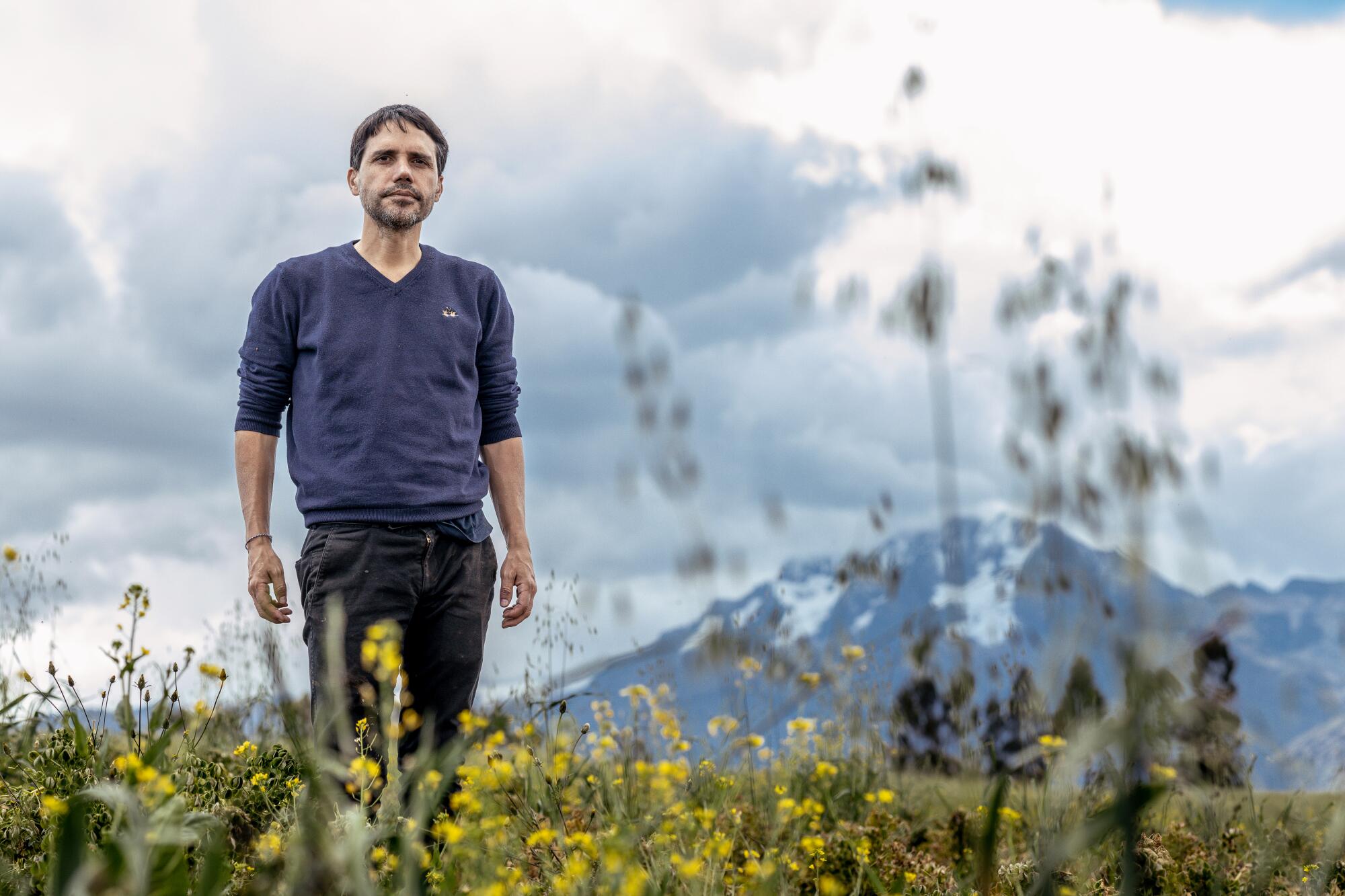
“Once I met a guy who told me Peru was like a wrinkled piece of paper,” Martinez says, using an analogy similar to one attributed to the conquistador Hernán Cortés about Mexico. But where Cortés saw difficulty, Martinez sees beauty.
“When you wrinkle paper, you see all these different points,” Martinez says, gesturing with his hands across the peaks and creases of an imaginary crumpled paper.
“So imagine, all these points, all these wrinkles, that’s the geography of Peru. ... The ecosystems of Peru. ... Our history where we struggle in Peru. ... The beautiful people of Peru.”
And there’s always a new wrinkle to unfold.
Maybe it goes back to his days as a semi-pro skateboarder, which ended on a half pipe in California after a 360 spin for potential sponsors went awry, shattering his shoulder and seemingly his prospects until he discovered the world of fine dining.
“Skateboarding and cooking, they might sound like different worlds — these rebel guys and these fine-dining chefs — but we work hard on achieving our goals,” Martinez says. “We dream about amazing tricks as we dream about amazing plates. We want to do things with consistency. And then you have to work as a community. Skateboarding, you need a team, you need people.”
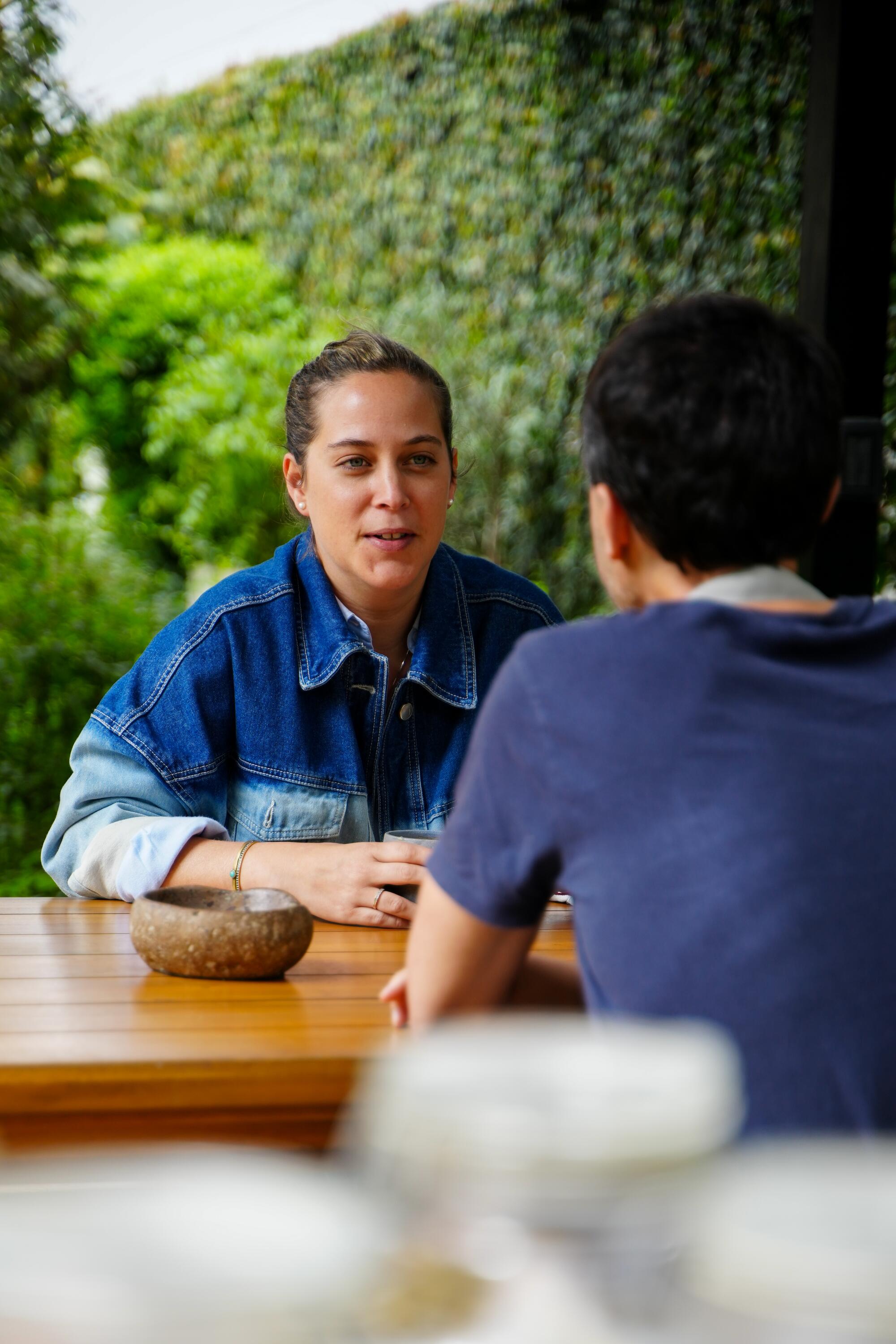
Martinez’s team is in full swing when he arrives at Central inside a complex named Casa Tupac, a former factory turned nonprofit arts center and now a gastronomy hub. It not only houses Central but Kjolle, a significant restaurant in its own right — No. 28 on this year’s World’s 50 Best list — run by Martinez’s wife, Pía Léon, who in 2021 was named the World’s Best Female Chef.
There are also gardens, a bar, a cacao lab where artisan chocolate bars are made along with the chocolate needed for the restaurants, plus offices for Mater Iniciativa, the research arm of the operation run by Martinez’s sister Malena Martinez. The scientist and former doctor helps the husband-and-wife chefs find new ways to bring ancient flavors and cultural practices to their modern cuisine.
“Virgilio said, ‘Let’s take Peruvian ingredients and Peruvian products, and let’s cook with them alone, without imported products because we don’t need them,’” says Malena, who divides her time between Lima, field work and Mater’s headquarters attached to Martinez’s restaurant MIL in Peru’s Sacred Valley between Cusco and Machu Picchu.
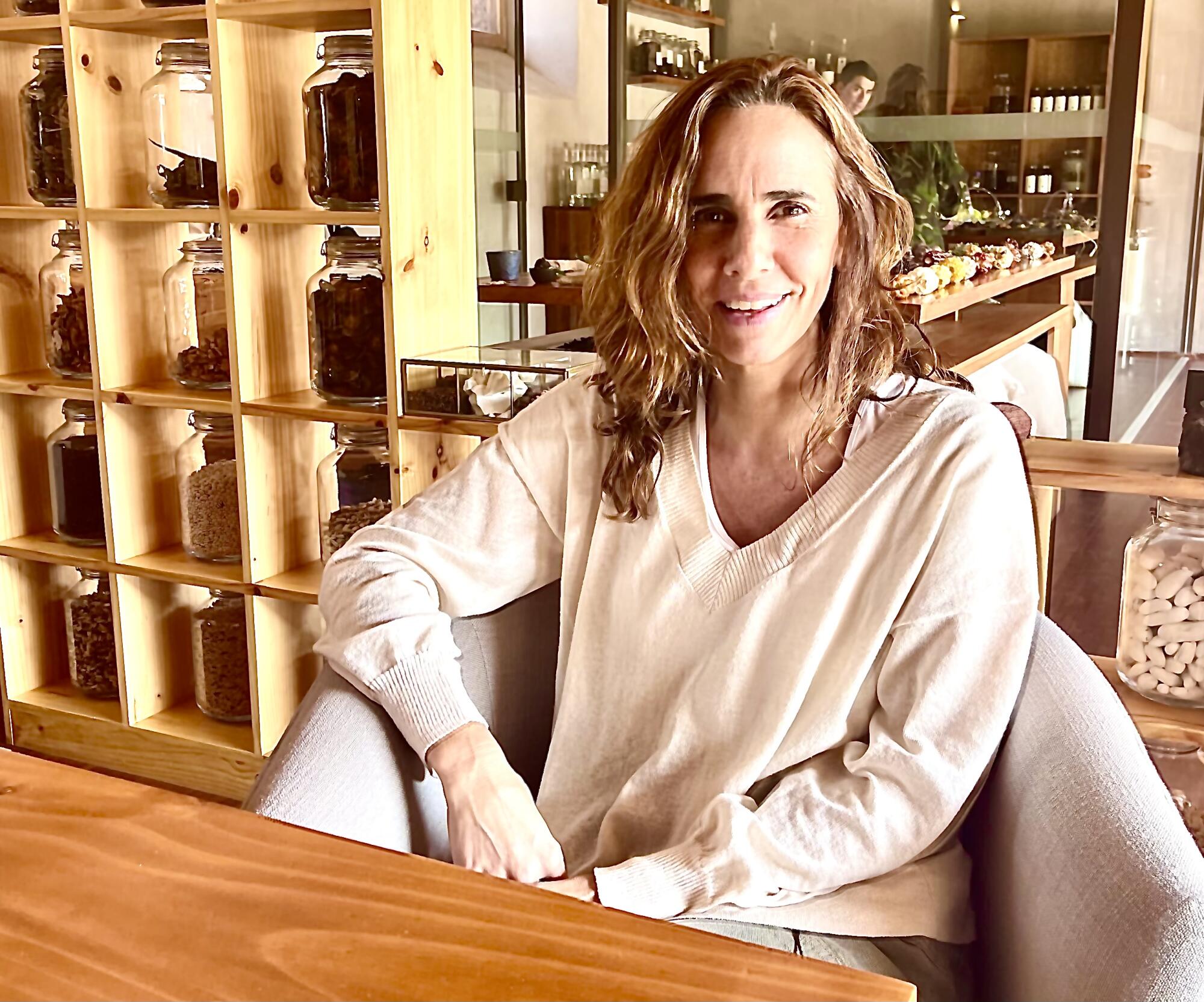
“There are 55 ethnic groups here, but the complexity of understanding Peru goes beyond the language barrier. We have the Pacific Ocean with two currents, and there’s the Cordillera, the Highlands, the Andes. And then more than 60% of the territory is the Amazon. It is even harder to access everything because of the geographical factor, but also because every culture has shaped their understanding of their surroundings.”
Much of this complexity shows up on the plate at Central.
“At this moment,” Martinez says, “you get 256 ingredients in this current menu,” a number that goes up and down with the seasons.
“It’s a journey not only of flavors,” says Léon. “But also a journey of information about the Peruvian territory.”
Still, many people are skeptical when they first hear about what Martinez is doing. Altitude cuisine? Ecosystems on a plate?
When you enter Central as a diner, you immediately see a stone table arrayed with many of the ingredients that will appear in your meal — different varieties of corn, beans, cacao pods and tubers of odd shapes and intense colors, plus a sculptural arrangement of bones from fish found in the Amazon and the Pacific Ocean, which is a 10-minute walk from the restaurant.
Your opening course, Black Rocks, 10 mbsl (or 10 meters below sea level), arrives with a platter of seaweed seemingly pulled straight from the ocean; instructive, certainly but not necessarily the promise of a good meal. But there is also a sushi-like lozenge topped not with salmon roe or a piece of uni but delicate circles of sargassum, a kind of seaweed, resting on what appears to be caviar but is actually dehydrated squid ink with a giant squid reduction underneath.
On a separate plate, made for the restaurant to seemingly capture wet sand the moment a wave has receded into the ocean, is a shell filled with meat from the head and body of a blue Peruvian crab, sweet and complex.
And then, inside a ceramic bowl that looks as if someone caught the moment blue dye was dropped into a bowl of water, you find a pale clam emulsion topped with slices of squid whose edges are turned an intense blue with an algae ferment and spirulina. With the food comes a fresh-tasting elixir poured from a bottle that reads Momento Baja el Mar, made with seaweed distillate and cucumber that grows near the ocean. This is turned sea-foam green by your server who spoons a bit of algae extraction into the glass.
You take it all in. The seaweed, the clams, the crab, the squid, the cocktail. By the end of the meal you have eaten familiar ingredients like corn and watermelon in new ways alongside foods you’ve never tasted — a flying potato, which isn’t a potato but an otherworldly-looking tuber that grows on trees. You have sampled wines from parts of South America that rarely make it to the U.S.
As you work your way through Central’s world of cacao finale with at least 11 components — among them, foam from the skin of the cacao, unfermented nibs in a pudding-like emulsion, delicate cacao “mucilage” (“jelly” might be a better word for the pulp that surrounds the cacao beans), a pot of luscious dark chocolate sweetened with sugar cane, a bit of the cacao relative macambo and a tender three-week-old baby cacao — you come to understand that without waiting for the blessing of Michelin or some of the other taste arbiters outside Peru, Martinez has set a course for the future of food.
And, yes, the best trick of all is that it is delicious.
“There’s something completely different in him that he had this amazing view of the future,” says Jan Brack, whom Martinez recruited to lead field projects in the Andes for Mater with Malena. “In my profession as a forester, if you plant a tree or talk about ecosystems or ecology, we’re talking about the long term, right? But when I met Virgilio, I was amused about how clear it was for him to see what’s going to happen next. The first time he invited me to Central and I saw these courses with the same ecosystems I was working ... for me it was game-changing. It was blowing my mind.”
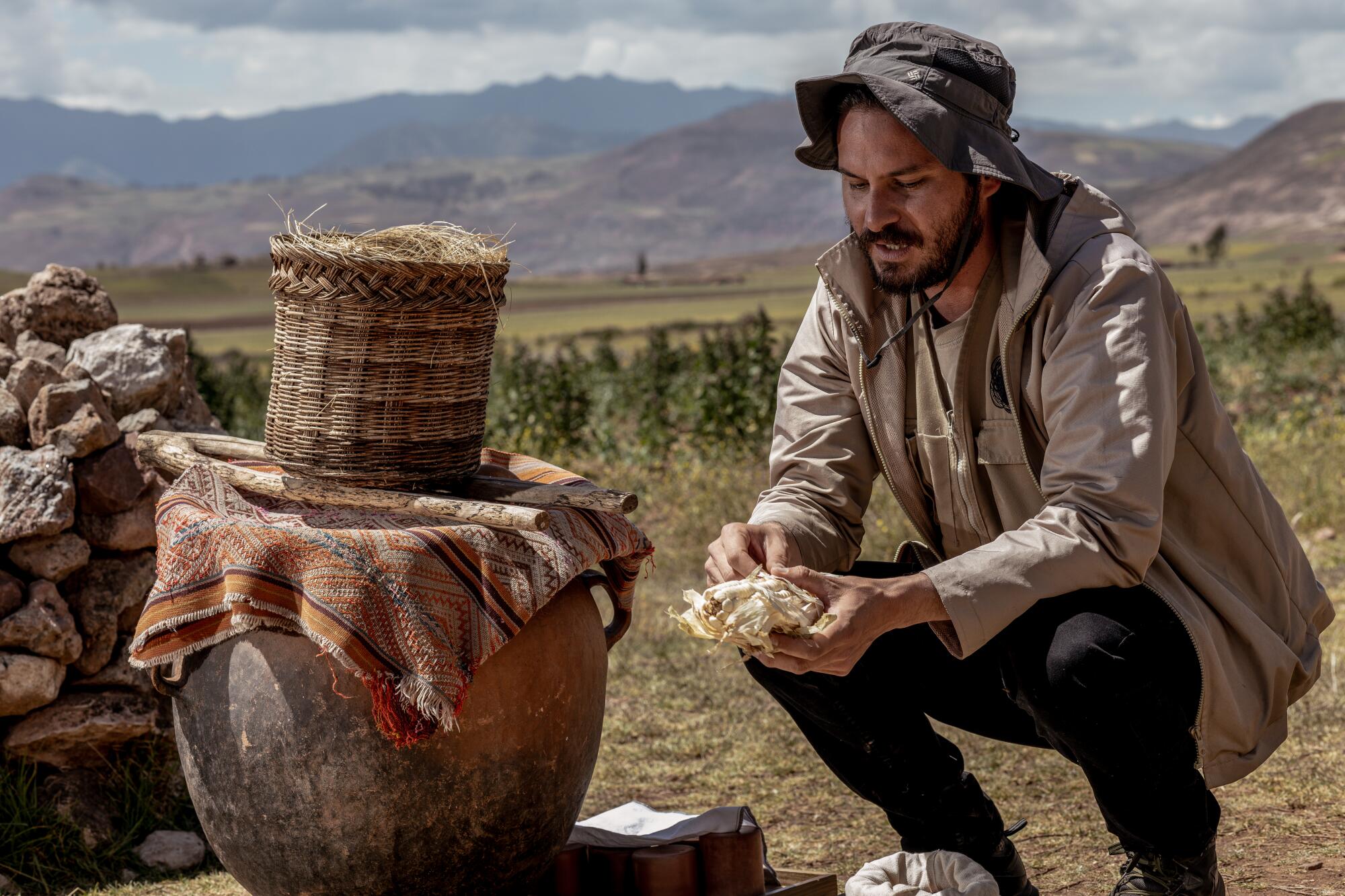
Working at an even higher level of difficulty is MIL, the restaurant Martinez, Léon and Malena established as part of the Mater project in the Andes, serving food using only ingredients found in the Andes and upper portions of the Amazon that reach the edges of the Sacred Valley and mountain regions around it. MIL gets part of its inspiration from its location, just above the Moray archaeological site — massive circular terraces, a sort of agricultural amphitheater, some 28 stories deep, which the Incas are said to have created as a way to grow crops in different microclimates.

“You have different heights, different forms, different shapes. And the magnificent thing about Moray is that it was a laboratory for agronomic research by the Incas that was completely ahead of its time,” Brack says.
“It’s amazing how they used microclimates and their approach to the landscape was not a horizontal view. Since the first civilizations that we had in Peru, verticality is the way that we saw our landscape. It’s the same view that Virgilio is using at Central and MIL. It’s the best approach we have. It’s how we understood, as a culture, our landscape.”
“When I talk a lot about the Amazon, the Andes, the mountains, I see Peru in geography,” Martinez says. “I see Peru in colors, I see Peru in different flavors, I see Peru in ingredients.”
You could apply the same complexity to the operation that Martinez and Léon run. On the one hand, their food is as local as it gets, demonstrating a true sense of place. Yet they are also creating a new kind of global cuisine. And all three restaurants — Central, Kjolle and MIL — serve multiple audiences.
Certainly, there are the expected wealthy international diners to be fed. There are also the many growers and producers who see their rare and regional ingredients used in unexpected ways — which opens up new selling opportunities. There are staff members who watch and absorb the action around them and sometimes discover their own culinary voices, the way Juan Luis Martínez did when he left Central to open the intimate Venezuelan-rooted Mérito nearby and now has his own growing cluster of dining spots in Barranco.
And there are ordinary Peruvian diners, some of whom resisted Central’s ideas in the beginning but now see their already rich national cuisine evolving into something the world values more than ever.
“Central is many things, I believe,” Léon says. “Central is people. Central is culture. Central is products. Central is art. Central is love. Central is a warm space. Central is my home.”
It’s an attitude contrary to what many of us hear about Peru in the news and even in literature.
“People say that in Peru things don’t work,” Martinez says. “But come on, what is the meaning of why we’re here? To fix things, to give transcendence to what you do, to see art, to see beauty, to give some joy to others. We are transforming these complaints into opportunities.
“We truly believe that what we do is changing this paradigm of fine dining,” he says. “Seeing things from South America is giving us another perspective, coming from nature, coming from the people, coming from this new way to see hospitality through authenticity.”
Their project is far from finished. “We are continuously thinking about what comes next,” Malena says. “So you never reach a peak.”
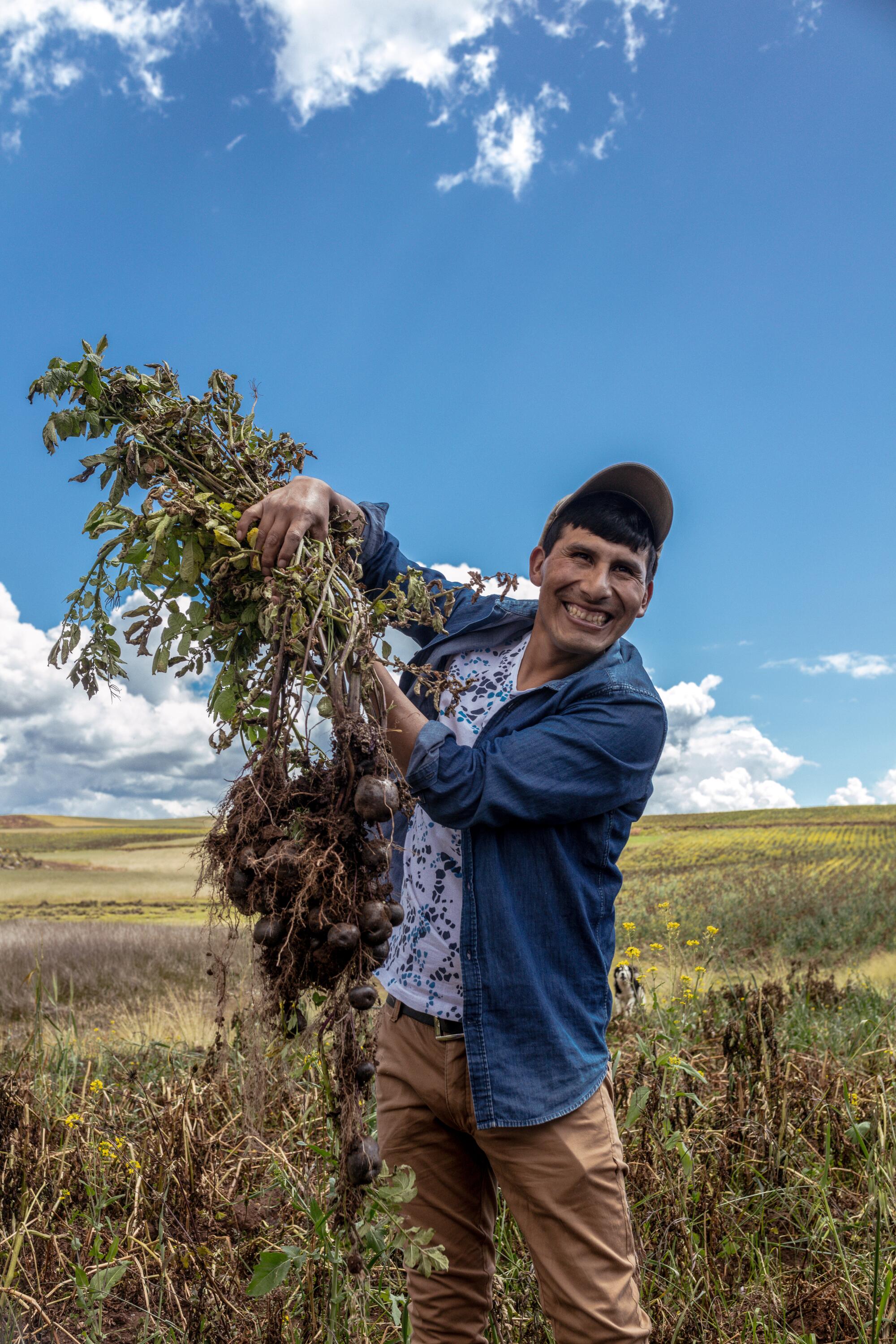
With farmers in the Andes like Manuel Choqque Bravo, who is not only developing new strains of potatoes and other tubers from ancient varieties but making wine from the tuber oca using Champagne methods, as well as on-staff researchers such as Manuel Contreras and Diego Villagrán, who are creating new kinds of grappa- and sake-like spirits that in future years may show up in bars across the world, Martinez and his team will be busy for many years to come with or without having the world’s best restaurant.
“The first time I heard, ‘Central No. 1,’ I thought, wow. It was amazing,” says the chef. “But I also thought this is one thing that could destroy the work that we’re doing. Being No. 1 is just a number. Next year we won’t be No. 1. So let’s take advantage of this feeling but in a collective way. I don’t wake up looking at the mirror saying like, ‘Hello, No. 1, how are you doing?’
“If you analyze this idea of being No. 1, you start to see things in a different way. We know that we have more impact now in what we do and what we say, so we cannot stop the work. We’ve got to just keep focused and do things that are good.”
VIRGILIO MARTINEZ appears onstage at the Hammer Museum with Mater Iniciativa co-founder Malena Martinez in a Food Bowl talk before a screening of the documentary “Virgilio,” Sept. 21 at 7 p.m. He is also doing a cooking demo on the first night of Food Bowl’s Night Market, Sept. 22, at the Paramount Studios backlot. Doors open 8 p.m.
- Share via
Watch L.A. Times Today at 7 p.m. on Spectrum News 1 on Channel 1 or live stream on the Spectrum News App. Palos Verdes Peninsula and Orange County viewers can watch on Cox Systems on channel 99.
More to Read
Eat your way across L.A.
Get our weekly Tasting Notes newsletter for reviews, news and more.
You may occasionally receive promotional content from the Los Angeles Times.















